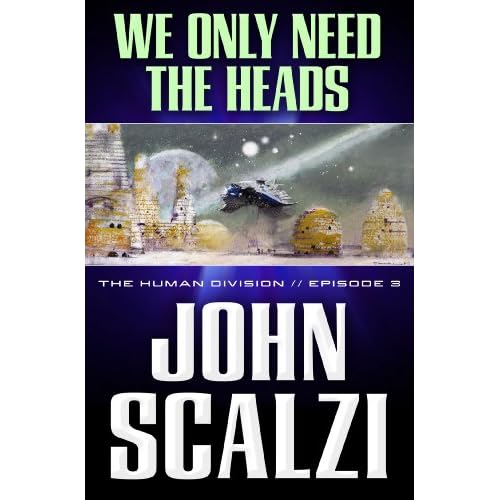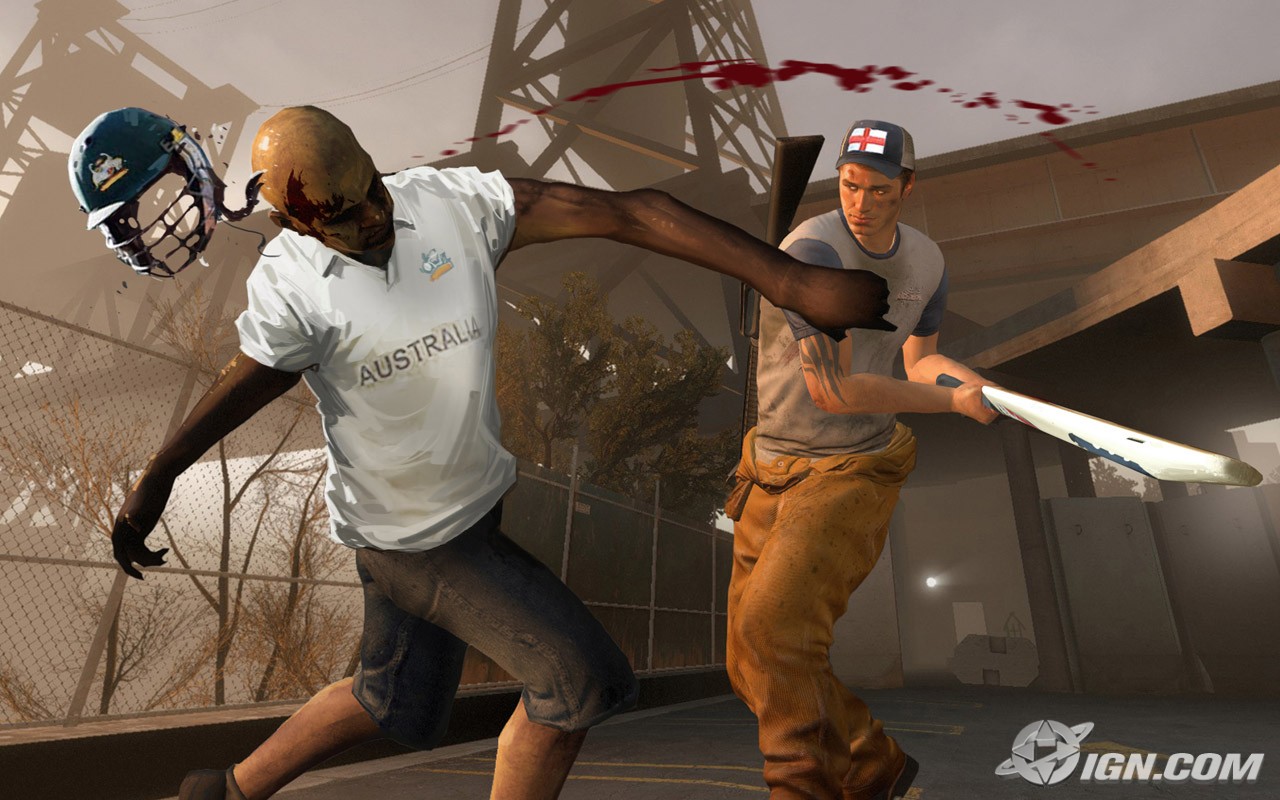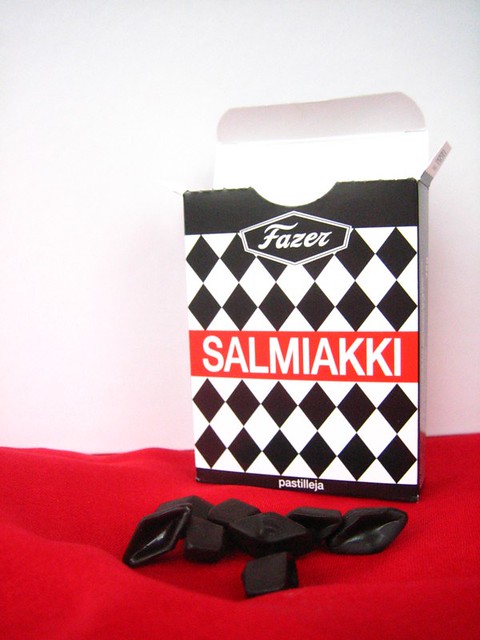Quality Control
Welcome back to Adventures in Indie Publishing, grab a drink and settle in, there's lots of good stuff ahead, including a look at indie comics (and one excellent one in particular), some notes on upcoming releases and reviews of work that is already out. But first, let's talk quality.
I touched on this
last month, but a topic i wanted to explore in more depth is that of quality. If you take a look through the Kindle store (or its equivalent) you’ll see a dearth of quality from self- and indie-published authors. This is, to say the least, frustrating, and at most, turns people off to any and all self- and indie-published authors (is there some shorthand for this? Henceforth “indie” also refers to self-published authors). While hardly fair, it’s impossible to blame the reader who is paying for a product that they expect to be of a certain quality.
In fact, that’s why big publishing houses are just that. They can afford to supply authors with high-quality editors, cover artists, designers, etc. With the indie crowd, these expenses are left up to the author. As with anything else, quality costs and before long the total can be several thousand dollars, and how does an aspiring indie author come up with that while trying to pay bills off their day job like anyone else (which probably isn’t paying them obscene amounts of money, otherwise they are far less likely to be dreaming of a writing career).
The old saying is “you can’t judge a book by its cover” and I think we all know that’s a filthy lie- if there’s any doubt,
this tumblr should remove it. Would you buy one of those books if you picked it up in a store or saw it on your tablet? Probably not.
The same is true of editorial quality- if you read a sample of a book and it’s riddled with typos poor grammar and devoid of plot, are you going to purchase it? Again, it’s unlikely.
Sadly, at this point, there is still little in the way of regulation for indie books- they are, after all, independant. Reading reviews and checking out samples is your best bet for finding quality, so there can be some homework involved. Hopefully this column will help you find quality work.
As more quality works are released via indie methods (and mark my words, there will be), they will garner more ‘mainstream’ attention. Hopefully before long we reach the point where there is more focus from reviewers, websites and blogs on the fact that they are books rather than discriminating based on their publication and distribution methods.
You, dear reader, can help this happen. The instant rating and review ability that now exists online will help other readers find the diamonds in the rough. Simply rating books will help a lot, leaving a thoughtful review will do even more.
Note: If you are an author, I will have a couple posts this week on
my blog on how to find quality, affordable editors, artists and formatters. I want to keep this post reader-centric, but don’t want to leave authors out in the cold either.
Enjoy a quality indie film:
R´ha [short movie] from
Kaleb Lechowski on
Vimeo.
Indie Comics & Five Questions With Devin Leigh Michaels
Another area where indie publishing is on the rise is the comic arena, and there is a wide range of quality work out there. Joe Caramagna’s
The Further Travels of Wyatt Eyrp and David Winchester’s
Wardenclyffe Horror have both seen successful Kickstarter campaigns recently, and a simple persual of the comics page on Kickstarter shows many promising upcoming comics.
Another successful Kickstarter was by Devin Michaels and her crew for their excellent Destiny’s Fate series. Devin brings some great perspective, as she interned at DC comics and as a former professional writing tutor, she has been published in America’s Got Stories and now is the writer of Destiny’s Fate.
Let’s pick her brain:
What's your synopsis of Destiny's Fate
?
A time-traveling assassin returns home after seven years with the mission to kill the defenders of time—his parents.
Why did you decide to publish Destiny's Fate
independently?
It was actually Noel Burns (from the seemingly defunct IC Geeks Publishing) who urged me to self-publish
Destiny's Fate. I was working with my artist, Mau Vargas, on a few pages to post on my Web site, and Noel asked to see them. He liked what he saw and asked when we finally finished, would we be willing to give his company a shot at printing and distributing it. Mau and I decided to work on a series, and things progressed from there.
Who are your biggest influences in comics & writing?
My mom is a middle school English teacher, so she was the most influential person in my writing career. I knew very early in my life that I wanted to write for a living. I think I consciously made the decision when I was fourteen or fifteen, and she has supremely supportive. Author-wise, Chuck Dixon was an extremely major influence. He ran most of the Bat comics in the mid-90’s, and story arcs such as
Legacy,
Cataclysm, and
No Man’s Land fueled my passion for comics. Geoff Johns was also another major influence. I enjoyed his version of the Teen Titans and eventually collected most of his Flash TPB, Stars and Stripes, Superman: Last Son, JSA and some of GL stuff. And Gail Simone has really made so much ground for women writers. My career goal, other than being an editor, is to be the first female regular writer on Batman, but only if Ms. Simone doesn’t beat me to it first.
Do you see the role of indie comics growing in the next few years, or will the traditional model still dominate? Why?
The traditional model will still dominate for many years to come, but independent comics will definitely begin to take more of the market share. Look at
The Walking Dead. It has a successful TV show, merchandise, has advertisements on NYCC passes. Big names in comics like Gail Simone, Joe Caramagna, and Ryan Stegman have had successful Kickstarters (though Ryan’s was actually a resource book). Kickstarter’s second biggest funding group was comics last year, which proves that indies are getting out to the hands of readers. I hope that continues.
What's next for you?
I’m working on a potential anthology that will have two original stories and one side story for
Destiny’s Fate. I’m hoping to bring the DF Crew (Mau, Rodrigo Tobias, and our new letterer Mike Stock) in for the short story and have new, fresh faces for the other two. I’m also working on my application for the Columbia Publishing Course, which I hope will help me get a new perspective on the publishing industry. I’m also writing various short stories and novellas.
You can grab the comic
here and follow Devin on
teh twitters as well.
Links!
If you want to see an example of quality from top to bottom out of an indie release, look no further than
Wool by Hugh Howey, volume one of which is availble at that link for the excellent price of FREE. You can also enter to win the autographed omnibus over at
TwistedSciFi (which, incidentally, covers a lot of indie scifi material). And if you want to follow my earlier advise, they also have
a review of Wool.
Another new release that speaks to my soul is
Adrift on the Sea of Rains by Ian Sales. It follows Vance (sadly, the not this one; no concerts on the moon), who is commander of a lunar base as the Cold War takes place on Earth, and ultimately leaves him and his men trapped on the moon.
Mike Wells has an excellent blog post of what it takes to be a
successful self-published author.
...and that's about all for this month!
Next month I’ll tackle another avenue- indie short story anthologies and journals. We’ll do Five Questions With Brian White of
Fireside Magazine (
issue three is out now and I just got my copy), and talk about some anthologies as well.
-DESR







































